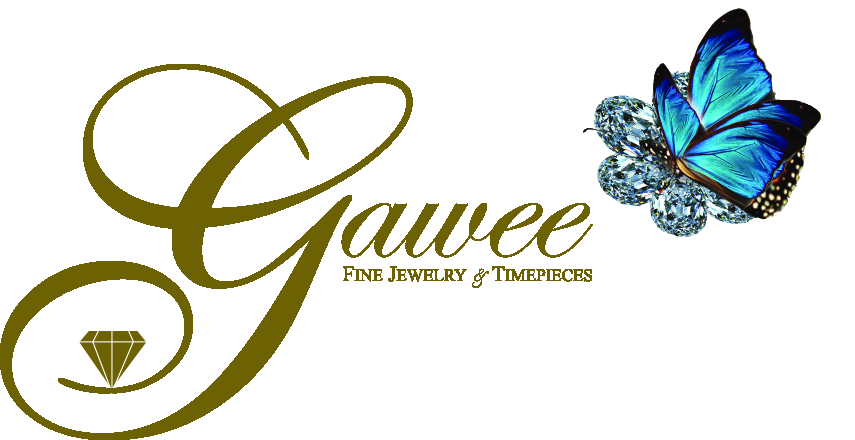3 Basic Steps to Buying a Diamond
Buying a diamond can be a significant purchase – both emotionally and financially. As with any major acquisition, you want to make sure you have a basic understanding of what to look for so that you get the ring or other diamond jewelry you want. According to the Gemological Institute of America (GIA) – the world’s foremost gemological authority in gemology – buying the diamond of your dreams should be worry-free of you follow three basic steps:
Step 1: Choose a qualified jeweler. Choose your jeweler as you would choose your doctor, lawyer or any other professional. Ideally your jeweler will be a GIA Graduate Gemologist (G.G.) or a GIA Accredited Jewelry Professional (A.J.P.). In addition, look for affiliations with jewelry industry groups and professional associations. A knowledgeable jeweler will clearly explain the “4Cs” of diamond quality and will encourage you to compare diamonds to suit your price range.
Step 2: Learn the “4Cs” of diamond quality. The key to a diamond’s value is its rarity and no two diamonds are alike. Rarity is determined by a diamond’s unique characteristics as measured by the 4Cs: Carat (weight), Clarity, Color and Cut. Using these criteria, a small diamond of exceptional quality will likely be more valuable than a larger diamond of lower quality.
• Carat: Diamonds are weighed using metric carats. A carat weighs about the same as a small paper clip. Just as a dollar is divided into 100 pennies, a carat is divided into 100 “points.” This means that a diamond of 50 points weighs 0.50 carats. But two diamonds of equal weight can have very different values depending on their clarity, color and cut.
• Clarity: Created by nature, most diamonds contain unique birthmarks called “inclusions” (internal) and “blemishes” (external). Diamonds with few birthmarks are rare – and rarity translates to cost. Using the internationally recognized GIA Diamond Grading System, diamonds are given a clarity grade that ranges from flawless, to diamonds with more prominent inclusions
• Color: Colorless diamonds are extremely rare and highly valued. Most are nearly colorless with yellow or brown tints. The GIA Diamond Grading System uses letters to represent colors, beginning with D (colorless) and ending at Z (light yellow or brown).
• Cut: While diamonds come in many different shapes, from round brilliants to hearts, pears and marquise, cut has to do with the proportions. The well-cut diamond uses light to create brilliance, sparkles and flashes of fire.
Step 3: Ask for an independent diamond grading report. For the ultimate peace of mind, ask your jeweler to provide an independent diamond grading report with your diamond. The most widely used and respected reports are those issued by the independent GIA Laboratory, who provides reports on the world’s most important diamonds. A professional jeweler can arrange to have your diamond graded and even have a personal message or unique GIA Grading Report number laser-inscribed onto the diamond’s outer edge, called the girdle.
Like true love, a diamond’s light and brilliance will not diminish with time. Learn more about the 4Cs of diamond quality.
Sources: Gemological Institute of America
